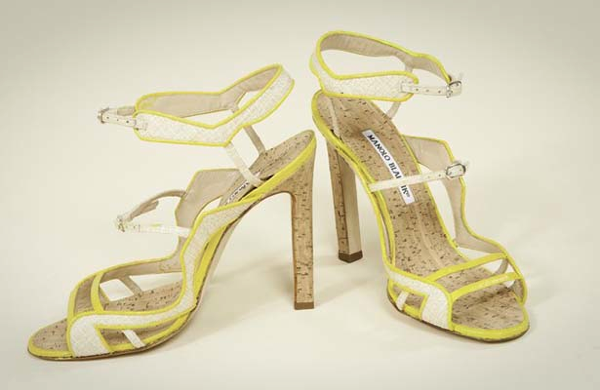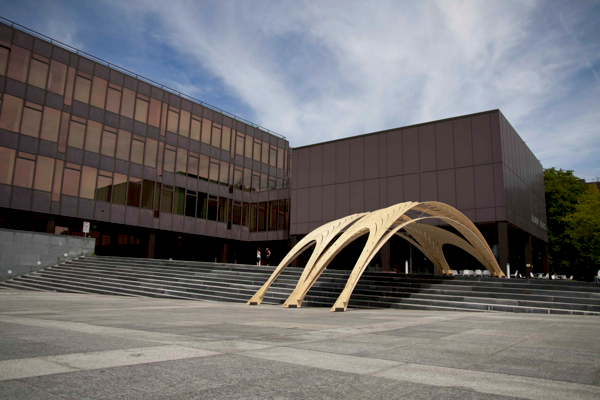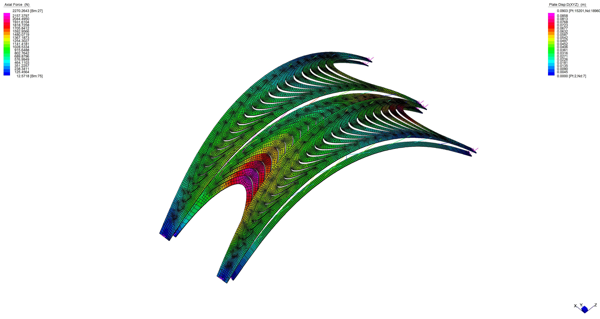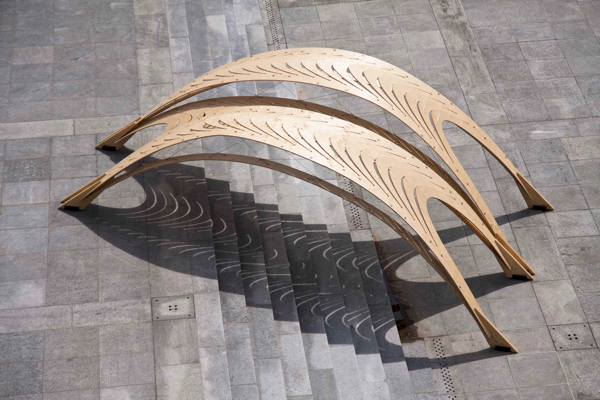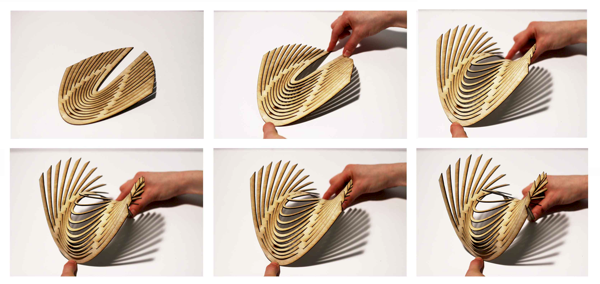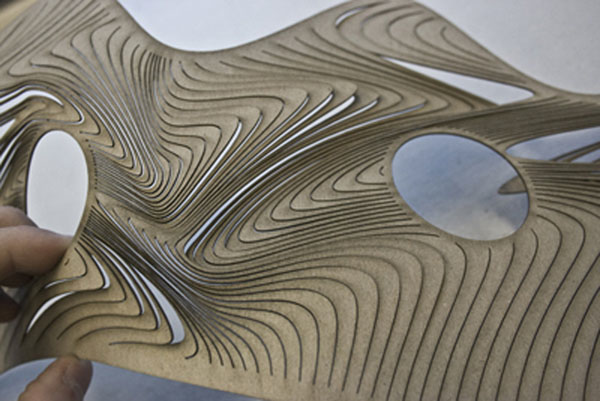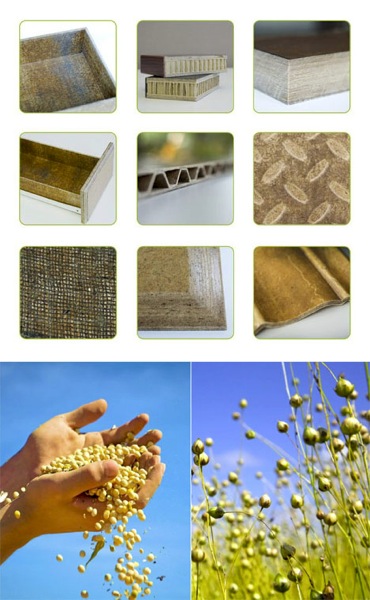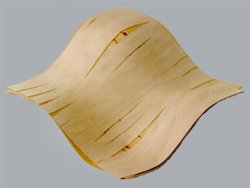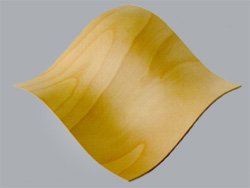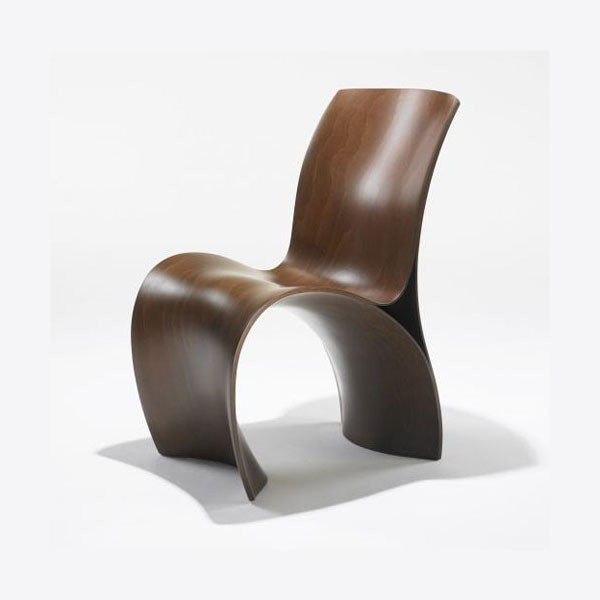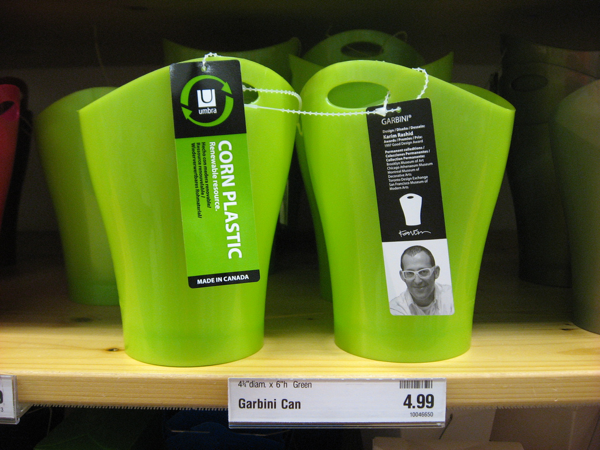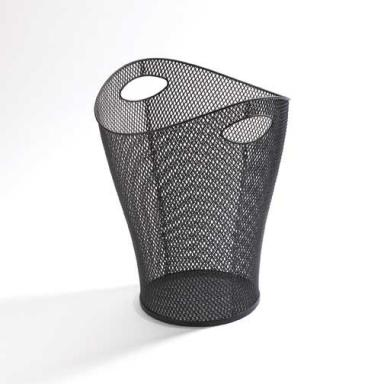About a month or so back, I had lunch with some classmates. At the end of which, we habitually reached for our phones to check if we missed any calls or messages. Most of us had iPhones so naturally we check out each others cases. One had an perforated case from InCase. Another had a cute case with bunny ears, which I cannot find again. And I had a stainless steel acid etched decal from Luxe Plates. We came to an interesting observation. The iPhone with the Perforated Snap Case was lighter than mine with the Luxe Plate. While, yes, stainless steel is by nature heavy we did not believe it is relevant in this situation as Luxe uses a very thin sheets. What exactly are we feeling, does the perceived weight correspond with actual weight? Is it the shape? Is it the texture? And thus the need for a focus group was decided.
After contacting all the companies I could find in one evening, asked as politely as I could for samples, I gradually received some cases from the wonderful people at Elago, Agent 18, and InCase. Most of these were polymer-based so I needed to look for more samples from other materials. Unfortunately as much as I hoped Element Case would respond to my plea for help, I eventually had to acquire one second hand from eBay. I found a wooden decal much similar to Luxe Plates offered by Lazerwood through Fab.com, and finally a full wooden iPhone case from Etsy as wooden cases from companies were very expensive. Alas, the wooden case I ordered from Etsy is apparently coming from China; like it's plastic counter parts, so it was too late for this photo shoot.
Without further a due, here they are:
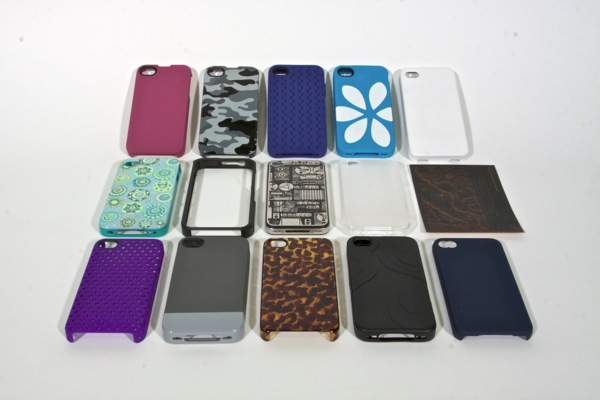
I am waiting for some dummy iPhones to arrive but hopefully soon the focus groups will start and results will follow.

